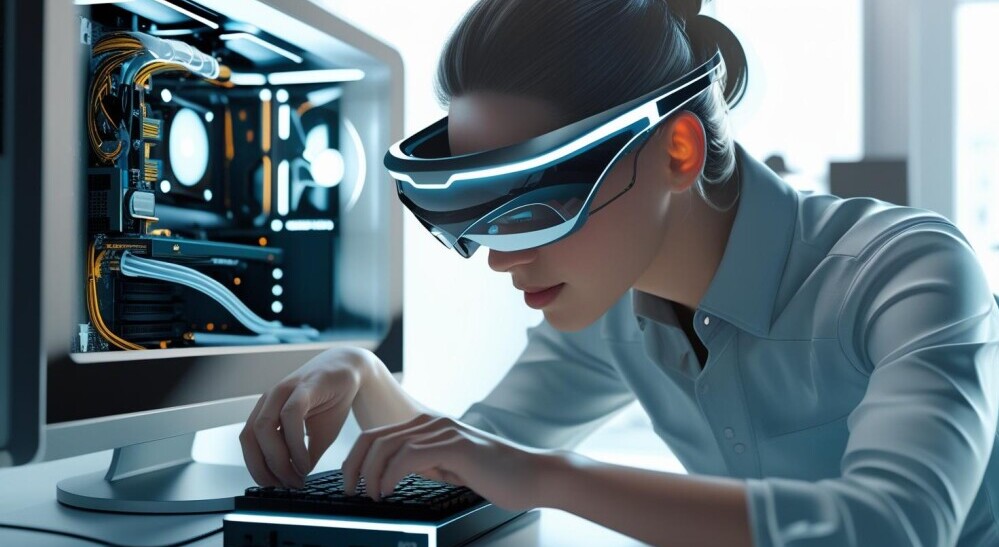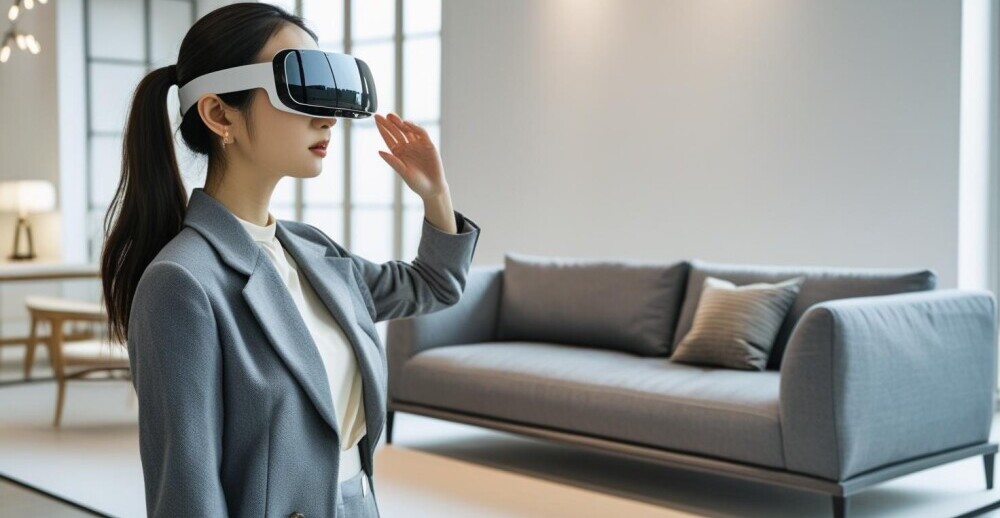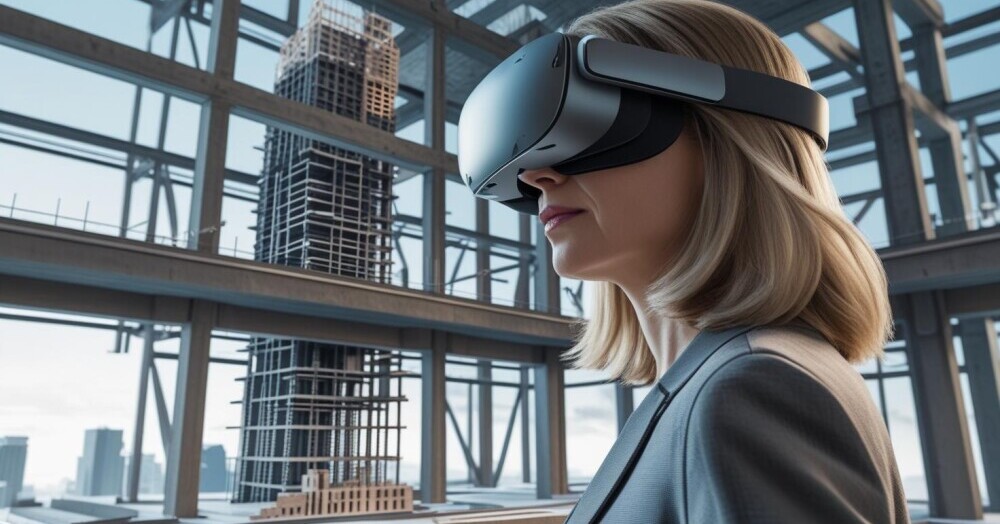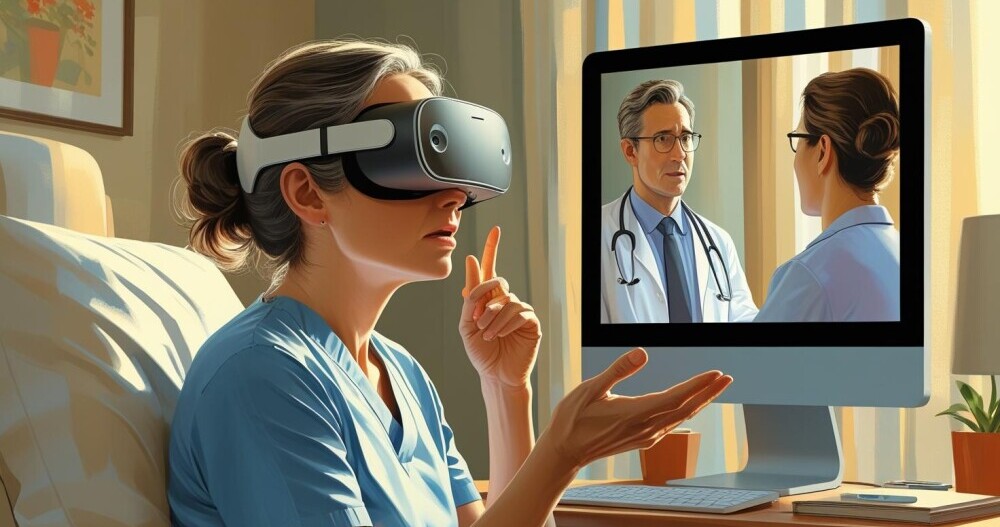Augmented reality, or AR, mixes digital objects and information directly into my physical environment using a smartphone, tablet, or headset. I use AR to blend virtual items or data with what I see and hear around me, which creates a more engaging and interactive world. This technology has quickly become a part of daily life, with applications popping up in everything from shopping and maintenance to education and entertainment. Understanding why AR is important is key to seeing its full value and future possibilities.

Why AR Matters: Stepping Up My Real-World Experience
AR stands out because it brings digital information into the physical world in a way that actually feels useful and fun. Instead of staring at a separate screen, I get information, directions, or visual help overlaid right onto what I am looking at. For example, when I use AR navigation on my phone, walking directions appear as arrows on the actual city streets I’m walking along. This makes it easier for me to get where I need to go and avoid confusion.
Adding these digital layers over what I see doesn’t just make things more visually interesting, it also makes tasks easier and more productive. If I’m in a museum, AR apps can provide extra details about exhibits just by pointing my camera at them. At home, AR furniture apps let me preview how a new sofa will look in my living room before I buy it. These experiences are more interactive and engaging because they blend smoothly into my surroundings, which helps me make better choices and enjoy the process more. In reality, AR can help me spot hidden details that are often overlooked, making everyday activities richer and more enjoyable.
1.Real-Time Decision Support with AR

AR gives me access to context-aware information exactly when and where I need it. By recognizing objects and my location in real time, AR displays helpful information, such as repair steps while fixing an appliance or product specs as I browse electronics at a store. I don’t need to stop and search or flip through manuals, everything I need shows up right in front of me.
This immediate delivery of the right information at the right time supports more confident decisions, both in daily life and professional settings. In fields like healthcare, I’ve seen AR used to display patient vitals or surgical instructions in a surgeon’s view, reducing distractions and helping medical teams focus where it matters. In a warehouse, AR smart glasses can guide workers through complicated picking routes with on-screen directions, improving accuracy and cutting down on wasted time.
2.Transforming Education and Training Through Immersive Methods

AR brings a new layer of learning by turning traditional textbooks, manuals, and lectures into active, hands-on experiences. When I use AR in the classroom, complex concepts become much clearer. A biology app can project a 3D beating heart onto a desk, allowing me to explore its structure interactively. For history lessons, AR can place historical figures right in the classroom, making lessons more relatable and memorable.
For technical training, AR delivers step-by-step guidance as I perform actual tasks. I can use headsets or tablets to see repair instructions overlaid directly on machinery, which is especially useful in fields like automotive, manufacturing, or electrical work. Medical students can practice procedures on virtual organs projected onto real world models, offering a chance to learn safely without risking harm. This hands-on approach is more effective than passive study because it builds practical skills while reducing the need for expensive equipment. Even learning languages can get a boost, as AR can help me practice vocabulary by labeling random household items in real-time as I walk through my home.
3.Pumping Up Productivity and Efficiency in the Workplace

AR has had a big effect on industries such as assembly, maintenance, and logistics by speeding up tasks and lowering the risk of errors. In manufacturing you can use AR headsets to display assembly instructions over the actual parts being worked on, which keep hands free, and cuts down on the need to check back and forth with paper manuals. Maintenance workers can get live guidance, see virtual diagrams over real equipment, and make sure every step is done right.
In logistics, AR can help people find and pick products quickly by projecting arrows and labels on warehouse shelves. This helps companies shorten training times for new employees and improve overall accuracy. Even in office jobs, AR can make collaboration smoother by letting people share and discuss 3D drafts or data right in their workspace. All these improvements add up to a more efficient workday for everyone. Plus, with AR-driven analytics, managers can spot workflow bottlenecks faster and adjust workloads effectively.
4.Creating Better Customer Experiences

AR has changed the way I shop and interact with brands. Now, retailers let me use AR apps to see how products look in my own space or even on my own body without leaving my house. For example, I can try out different eyeglasses or see if a chair fits in my living room using my phone’s camera. Car makers let me preview new vehicle models in my driveway at full scale. This doesn’t just make shopping more enjoyable, it also helps me feel more confident in my purchases because I get a clearer idea of what I am buying.
Beyond shopping, AR is great for keeping me involved with brands in creative ways. Museum and zoo tours often use AR to add digital stories to exhibits or allow me to interact with virtual animals. In tourism, city guides present historical facts, directions, and recommendations in real time as I explore. All these experiences are more personalized and memorable, which makes me more likely to return or recommend the service to others. As more businesses tap into AR, the experiences keep improving and becoming more widely available.
5.Fueling Creativity in Design, Tourism, and Marketing

AR encourages creativity and experimentation by letting me interact with virtual prototypes and digital content before anything gets physically built. Designers and engineers can use AR to review 3D models of new products in actual locations, checking for fit and usability before manufacturing starts. This lowers costs, shortens development cycles, and encourages new ideas.
I’ve noticed that marketers and city planners are turning to AR to create interactive experiences that attract attention. For instance, virtual tours allow me to walk through buildings that haven’t been constructed yet, and tourism boards offer AR scavenger hunts that mix fun with learning, making me want to explore more. These innovations keep people interested and help organizations stand out without relying only on traditional advertising methods. In public art, AR can let spectators see hidden digital layers over murals or sculptures, adding a modern twist to classic displays.
6.Enabling Remote Collaboration and Expert Assistance

AR makes it easier for me to work with others, even if we are nowhere near each other. When I need help with a tricky repair or a complex procedure, remote experts can see exactly what I’m seeing through my AR device and draw instructions or highlight parts in real time. This guidance saves time, reduces travel, and gets problems solved faster.
In medical and emergency settings, AR can connect specialists to teams in the field for quick decision-making and effective support. In architecture or product design, I can share detailed demonstrations with clients and colleagues, walking them through ideas as if we were standing in the same room. These abilities help teams move projects forward, learn from experts, and reduce costly delays.
Things to Consider Before Getting Into AR
AR isn’t perfect, and there are a few things I think people should know before adopting it fully. Devices that support AR can be expensive, and not every app works the same across all hardware. Sometimes, poor internet connections or outdated devices can make AR experiences less smooth.
It is also important to pay attention to privacy and digital overload. Some AR apps use a lot of personal or location data to work well, which means I have to be careful about permissions and data sharing. Too much digital content cluttering up my real world can be distracting rather than helpful if not designed thoughtfully. Checking device compatibility and privacy settings beforehand helps ensure a smoother, safer experience. I also try to check for updates regularly, since AR software features and security are always changing.
Practical Examples and Uses of AR in My Life
- Shopping: I use AR to check if new appliances will fit in my kitchen before I make a purchase.
- Education: I use it to clearly understand in a 3D virtual rendering model what I’m learning about so I can view it in different perspectives.
- Work: I follow step-by-step repair guides that appear over the real equipment I’m fixing.
- Travel: I view historical overlays on landmarks when exploring a new city, which adds another dimension to sightseeing tours.
- Remote Help: I get instant instruction during complicated repairs, where the expert marks instructions in my field of view.
- Home Design: I virtually rearrange my furniture and experiment with paint colors before committing to changes.
Common Questions About the Importance of AR
How is AR different from virtual reality?
AR adds digital content to the real world, while virtual reality creates a completely digital environment that blocks out the real one. With AR, I can see and interact with my own surroundings, just stepped up with extra information or objects.
What devices do I need for AR?
Most modern smartphones and tablets can run AR apps. For more advanced uses in industry or healthcare, smart glasses and headsets provide a handsfree way to view digital content over real objects.
Is AR safe for privacy?
AR often uses cameras and location data to work. It’s a good idea to review permissions and know what data is being collected by each app. Most major apps and devices offer privacy controls, but it’s up to me to use them.
Where can I learn AR skills?
Basic AR experience just involves using apps on my phone. For building custom experiences or professional use, online courses, tutorials, and specialized training programs offer great resources and help newcomers get a sense of what’s possible.
